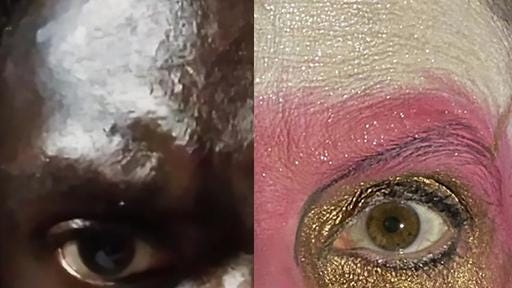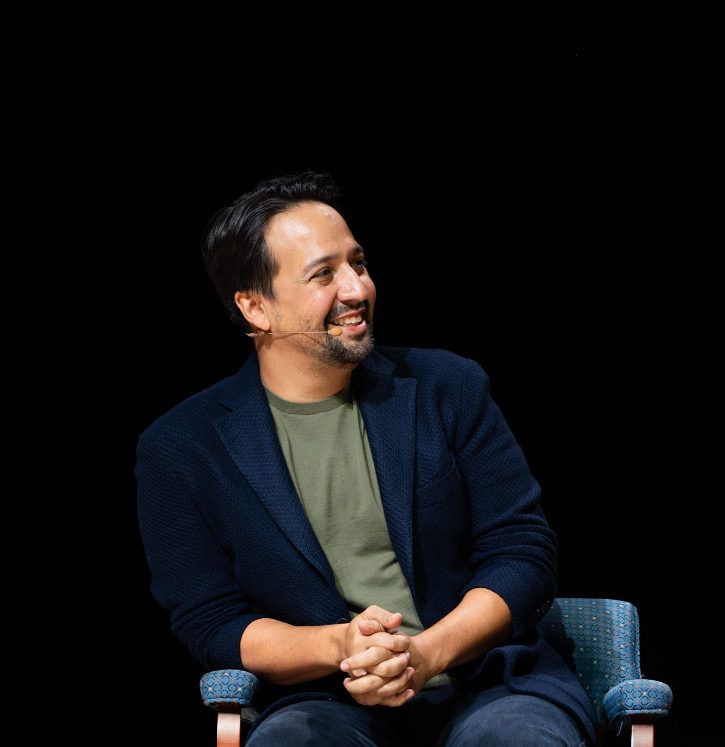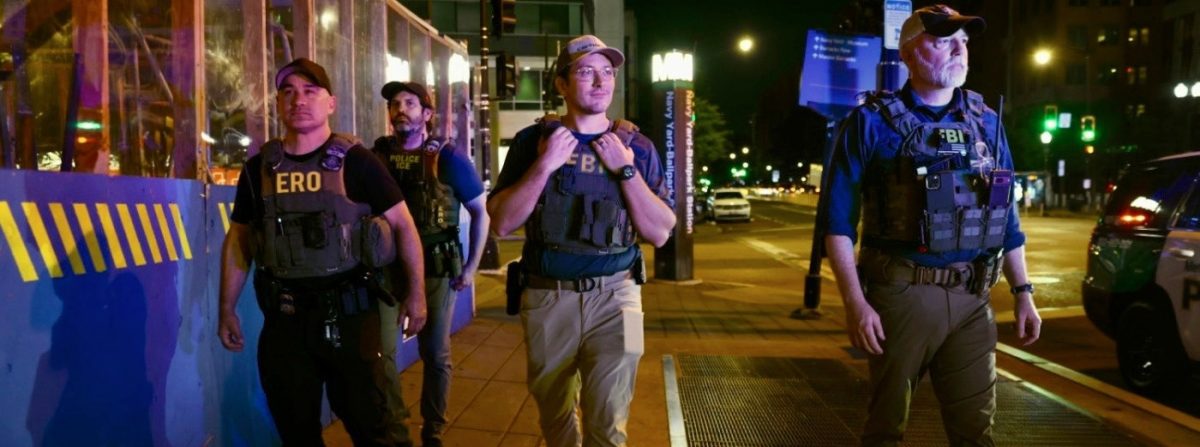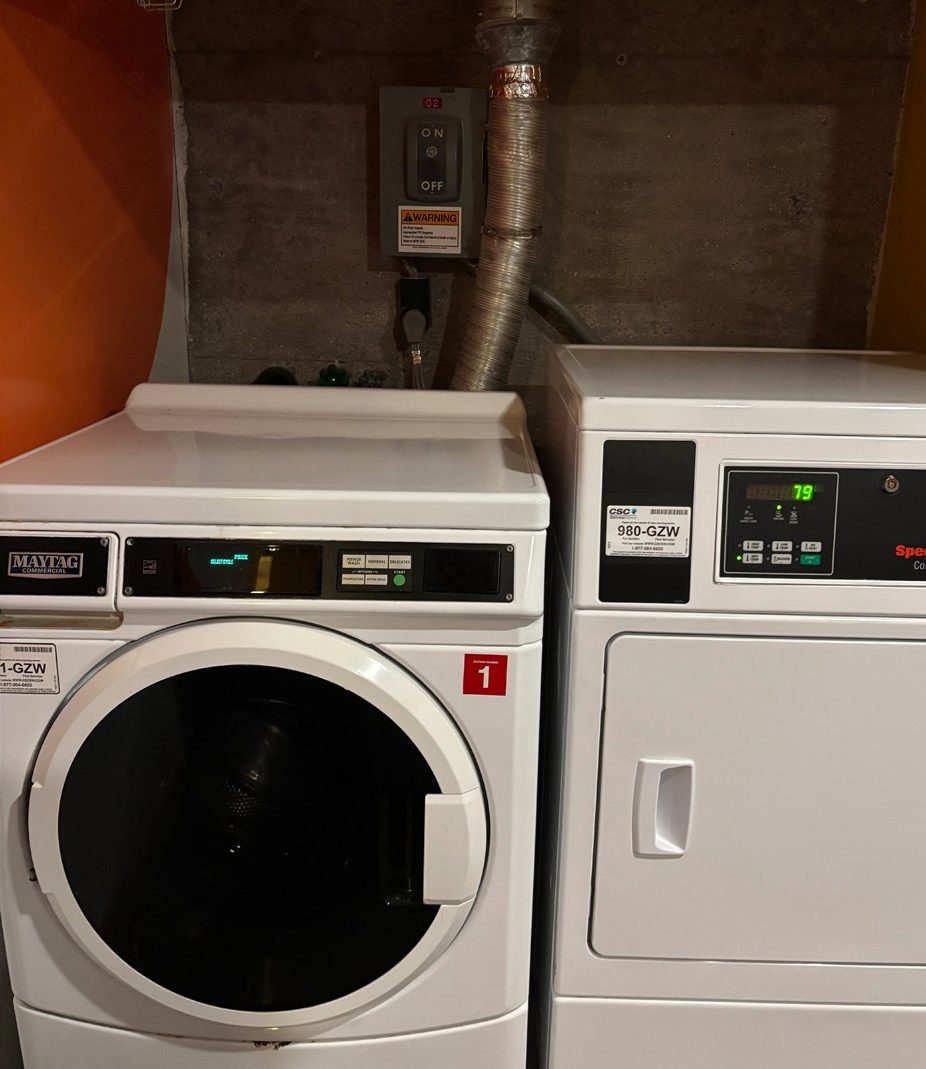
Throughout the week of September 13th, the Performing Arts department of Hamilton College opened its Fall 2020 Virtual Shakespeare Festival with Gorilla Rep’s production of
Macbeth,
which Performing Arts Administrator Michelle Reiser-Memmer and Gorilla Rep Director Christopher Sanderson streamed on Zoom four times over the course of the production. To maintain social distancing, all actors filmed themselves entirely on their phones, making the play a digital compilation of their performances.
Much of the production’s structure and tone depended on the actors since they controlled what entered their camera’s field of vision. Performance still mattered, but actors could now decide for themselves what costumes, lighting, props, and motions to include in the play.
For example, after his coronation, Macbeth recites his lines in a dark room, with the only source of light illuminating his face and crown. This darkness surrounds only Macbeth for some time as if to emphasize his moral spiral into villainy. Duncan goes from inside a room to out in the woods to indicate his arrival at Macbeth’s castle, and all characters at the castle follow suit, signaling a location change without the use of a set. Some actors stay in plain clothing while others wear costumes, and still, others rely on props to amplify their actions, demonstrating the greater degree of artistic freedom actors possessed during this production.
Actors rarely omitted lines from the original play, an unusual choice for a contemporary staging of Shakespeare, which would often cut or edit down several monologues and lines. The switches between acts and the reading of montages moved at a brisk pace for a typically three-hour-long play.
The switch to a digital medium also provided more elements to the production than an in-person play could have. Lady Macbeth, in particular, takes advantage of her camera and integrates cinematography into her performance. She uses extreme close-ups during her confession so the audience can truly see the turmoil of emotions on her face, and relies on a hand-held angle to emphasize the motion of her collapse upon hearing of Duncan’s death-something which would have been impossible in an actual play.
The apparitions, in contrast, relied on the power of editing to amplify their roles. Instead of having one form, the editors provided them multiple forms with dizzying image montages. The first spirit, described as an armed and severed head, has forms that range from Louis XVI to Mary I. The second, the bloody child, featured Shakespeare himself and various English kings, while the third showed multiple other members of English royalty. Through editing, the spirits assumed many forms in one simultaneous moment. This element also provides an efficient way to express collective meaning. Joan of Arc and Mary I may not appear initially similar, but grouping them together through editing for a specific role (the disembodied armed head) highlights how history remembers them as figures who caused battles that cost the lives of many.
Despite the limiting circumstances of the pandemic, Gorilla Rep presented a unique production of Macbeth for all to watch, featuring performance during a time when Hamilton College cannot have its own in-person productions.
























